Water softening problem (salt problem, need advice)
CoOlSlY
9 years ago
Featured Answer
Sort by:Oldest
Comments (25)
User
9 years agoCoOlSlY
9 years agoRelated Professionals
Vienna Handyman · North New Hyde Park Handyman · Wood River Kitchen & Bathroom Remodelers · Cleveland Kitchen & Bathroom Remodelers · Hanover Township Kitchen & Bathroom Remodelers · North Arlington Kitchen & Bathroom Remodelers · Ogden Kitchen & Bathroom Remodelers · Patterson Kitchen & Bathroom Remodelers · Pueblo Kitchen & Bathroom Remodelers · Spanish Springs Kitchen & Bathroom Remodelers · Tempe Kitchen & Bathroom Remodelers · Westchester Kitchen & Bathroom Remodelers · Plant City Kitchen & Bathroom Remodelers · Sharonville Kitchen & Bathroom Remodelers · Eufaula Kitchen & Bathroom RemodelersUser
9 years agoCoOlSlY
9 years agoUser
9 years agoCoOlSlY
9 years agoUser
9 years agoCRMatsumoto
9 years agoCoOlSlY
9 years agoUser
9 years agoUser
9 years agoCoOlSlY
9 years agoCoOlSlY
9 years agoCoOlSlY
9 years agoUser
9 years agoUser
9 years agoUser
9 years agoCoOlSlY
9 years agoCoOlSlY
9 years agoCoOlSlY
9 years agoCoOlSlY
9 years agoUser
9 years agoCoOlSlY
9 years agoUser
9 years ago
Related Stories

REMODELING GUIDESThe Hidden Problems in Old Houses
Before snatching up an old home, get to know what you’re in for by understanding the potential horrors that lurk below the surface
Full Story
HOUSEKEEPING10 Problems Your House May Be Trying to Show You
Ignore some of these signs and you may end up with major issues. We tell you which are normal and which are cause for concern
Full Story
LANDSCAPE DESIGNProblem Solving With the Pros: How to Build a Garden in an Urban Canyon
Skyscrapers, noise and deep shade create an unlikely sweet spot for a timeless green retreat in New York City
Full Story
GARDENING GUIDESSolve 3 Common Landscape Problems — With More Plants
Sometimes the best defense is a good offense
Full Story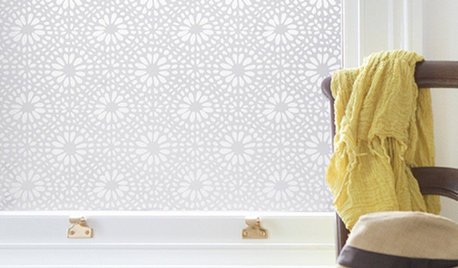
DECORATING GUIDESSolve Privacy Problems With Window Film
Let the light in and keep prying eyes out with an inexpensive and decorative window film you can apply yourself
Full Story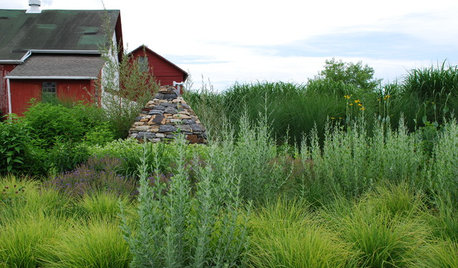
LANDSCAPE DESIGNProblem Solving With the Pros: An Abundant Garden Stretches Its Means
Swaths of resilient, eye-catching plants thrive with little care or resources in the landscape of a Pennsylvania farmhouse
Full Story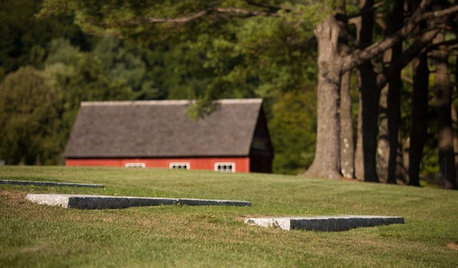
LANDSCAPE DESIGNProblem Solving With the Pros: Rustic Simplicity in a Country Garden
Editing thoughtfully and adding some magic result in a timeless weekend retreat
Full Story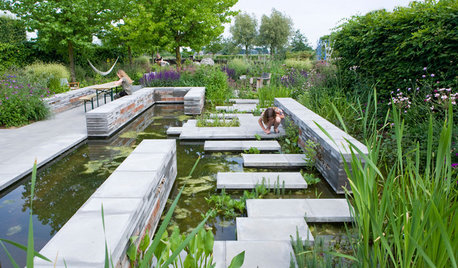
LANDSCAPE DESIGNProblem Solving With the Pros: A Garden Built From Scratch
Nature is reintroduced and redefined in a Dutch urban setting, to forge a dynamic relationship with city dwellers
Full Story
BATHROOM DESIGNDreaming of a Spa Tub at Home? Read This Pro Advice First
Before you float away on visions of jets and bubbles and the steamiest water around, consider these very real spa tub issues
Full Story
REMODELING GUIDESContractor Tips: Advice for Laundry Room Design
Thinking ahead when installing or moving a washer and dryer can prevent frustration and damage down the road
Full StoryMore Discussions






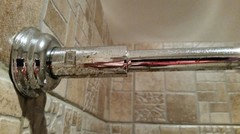
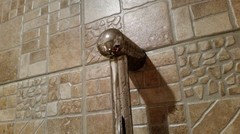

CoOlSlYOriginal Author